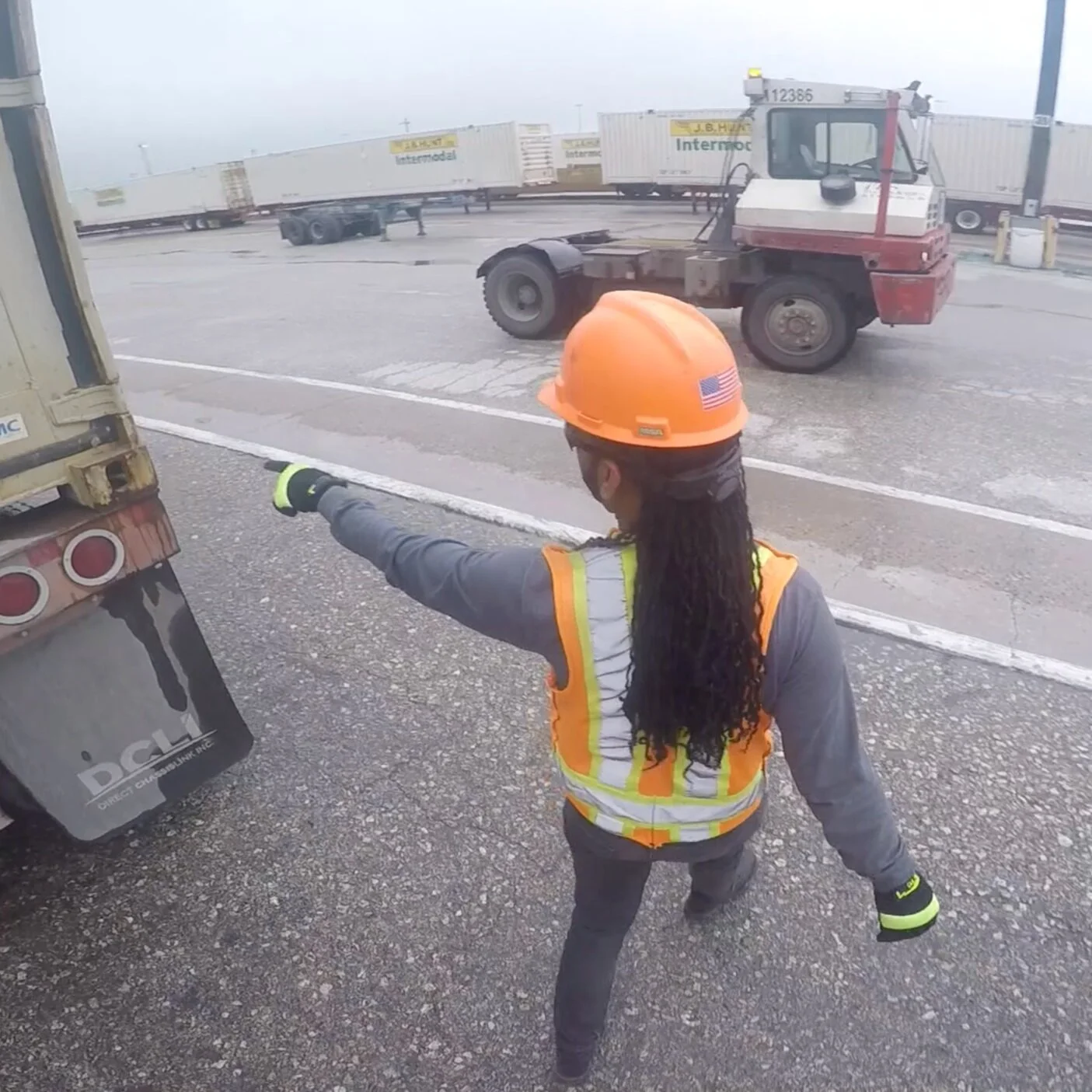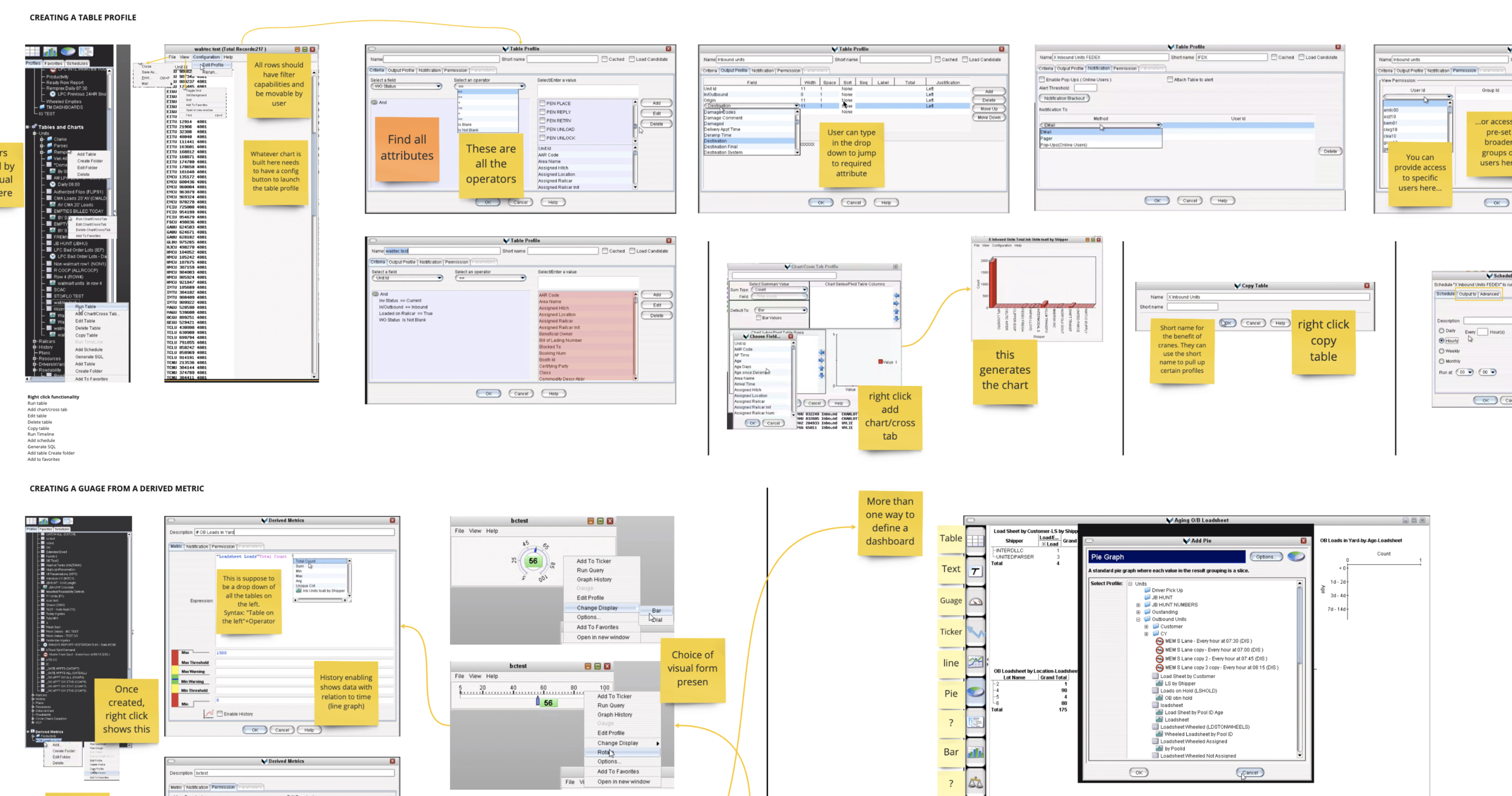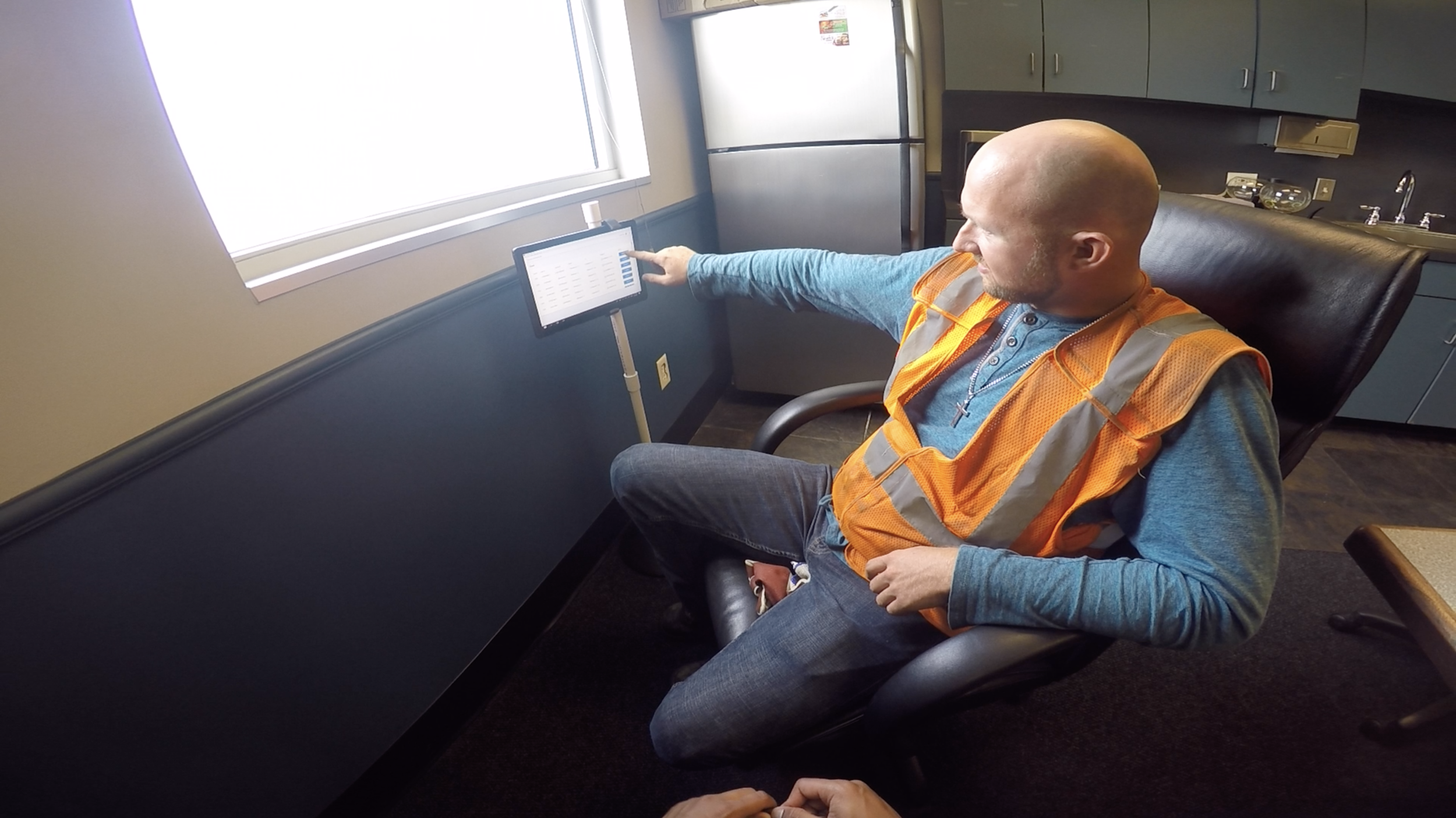Wabtec
B2B Research and Product Development
THE VISION
To capture and provide data visibility for execution of plants to equip the intermodal industry with simple systems usability, bottleneck identification and continuous throughput improvements.
BACKGROUND
My division within GE Transportation, the fortune 500 behemoth is focused on the rail industry. As a User Experience (UX) Design Researcher, the organization has tasked me with the role of unearthing end user pain points within the intermodal yard and translate the same into design requirements for the interaction designer. All towards the effort of modernizing a 3 decade old workhorse of a software platform that keeps the industry running. I have worked on two separate product sub-modules and am actively working on showcasing the dependencies and redundancies within the overarching product ecosystem. The work below illustrates the progresses made with Team I, which couldn’t have been done without the offshore development teams in Bangalore, India.
Product sub-modules developed with:
Team I: Michelle Scotter (Product manager), Lilly Mittenthal (Lead designer)
Team II: Mike Stashensky (Product manager), Tyler Davis (Lead designer)
FUNCTION
User Experience Design Research
Archetype development
Field research and discovery
Benchmarking, Learnability and usability test design and execution
Cross functional workshop design and facilitation
Cross departmental workshop design and facilitation
THE RESEARCH
Once the research methodology was framed, my team and I began executing field visits. These mainly comprised of studying the end users in their natural environment. When access was hard to acquire data from the yards a fly on the wall methodology was adopted, in addition data logs were gathered for quantitative data assessments. Once the natural environment of the end user was studied, the research plan was pivoted to take into account the difficulty that acquiring access posed. Following which different archetypes and personas were developed for the each product module. The software platform that we developed live within these heavy industrial machines and enable the operators to identify, manage and move containers throughout an intermodal yard.
THE BUILD
Over a span of three quarters, my team and I designed and conducted three planning and execution workshops across Bangalore, India and Chicago, IL. These were conducted with the larger offshore development teams in a cross functional manner and were greatly useful in bolstering the designer-developer relationships as well as understanding resource and time requirements.
In addition to running the workshops, according the overarching research plan initially laid out, I began studying and qualitatively benchmarking the 3 decade old software platform that we intend to sunset. Micro-interactions were studied to generate site maps and user flows; along with and for the benefit of the interaction designer. The intent of benchmarking the software platform was to ultimately qualitatively test and empirically measure the difference in subjective quality our platform would deliver.
SYNTHESIS AND TESTING
Once the screens were developed by the interaction designer we would try to find formal settings to get feedback from the end user. If that posed a challenge yard break rooms and coffee shops were the go to.
We designed and executed desirablity and learnability testing across the three quarters, in order to iteratively improve on screen and capabilities alike. (In some cases acquiring access to the end user was difficult, so when we got the opportunity we conducted tests with or without our rigs).
When the field visits (discovery and/or testing) + planning workshops + Software benchmarking was successfully accomplished at the end of each quarter the process of affinitiazation began. This usually ended with a series of insights and design criteria that enabled the interaction designer develop more accurate flows.
Usability tests are currently underway as part of our ongoing research/ discovery. This content is not available at the moment
THE OUTCOME
Progression from lo-fi to high-fi screen took a span of a quarter and was entirely done by the lead researcher on the team Lilly Mittenthal. Development took a span of 2 quarters. Product sub-module ready for deployment. Awaiting access to conduct in field usability testing
THE SUCCESS
In addition to the internal accolades achieved, once the organization witnessed the speed with which our design-driven team could go from drawing board to deployment, we were tasked with identifying gaps in the product eco-system. All members of Team I and Team II collectively brainstormed and enabled me in creating and facilitating a cross departmental and cross hierarchical dependency and planning big room workshop. The outcome of which was a renewed product vision, with Team I’s sub-module as the core component. In addition, we are currently in development of a unified design thinking process for the organization to follow. Embedded under product. We’re naming the iterative, non-linear process after our product sub-module. Flex.
















